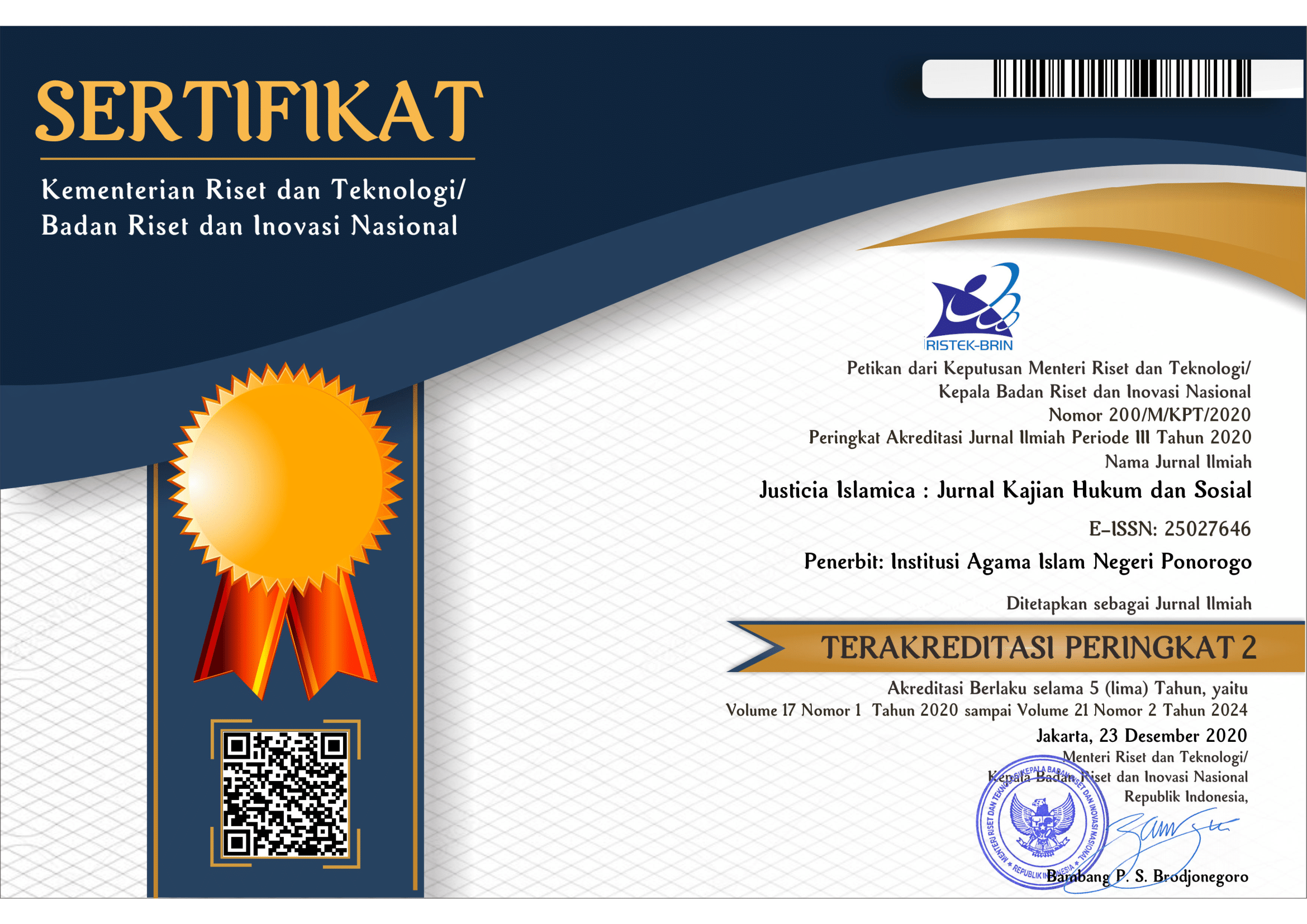Law Enforcement Dalam Mengawal Persaingan Dunia Usaha
Keywords:
monopoly; ICC; business regulations.Abstract
This study aims to analyze the role of law enforcement in overseeing business competition to keep it healthy and fair. Uncontrolled business competition can lead to monopolies, cartels, and abuse of dominant positions that harm small businesses and consumers. This study uses a qualitative method with a literature study approach, examining regulations such as Law No. 5 of 1999 concerning Prohibition of Monopolistic Practices and Unfair Business Competition and the role of the Business Competition Supervisory Commission (KPPU). The results show that the enforcement of business competition law still faces challenges, such as weak sanctions, lack of inter-agency coordination, and obstacles in proving cases. This study emphasizes that effective law enforcement in business competition requires strict regulations, tight supervision, and legal awareness among business actors in order to create a healthy and competitive business ecosystem.
References
.
Downloads
Published
Issue
Section
License

This work is licensed under a Creative Commons Attribution-ShareAlike 4.0 International License.
Requirements to be met by the author as follows:
- Author storing copyright and grant the journal right of first publication manuscripts simultaneously with licensed under the CC BY-SA allows others to share the work with a statement of the work's authorship and initial publication in this journal.
Authors can enter into the preparation of additional contractual separately for the non-exclusive distribution of a decadent version of the journal issue (e.g., post it to an institutional repository or publish it in a book), with the recognition of initial publication in this journal.
Authors are allowed and encouraged to post their work online (e.g., in institutional repositories or on their website) before and during the submission process because it can lead to productive exchanges and citations earlier and more severe than published works. (see The Effect of Open Access).
This work is licensed under CC BY-SA.


















